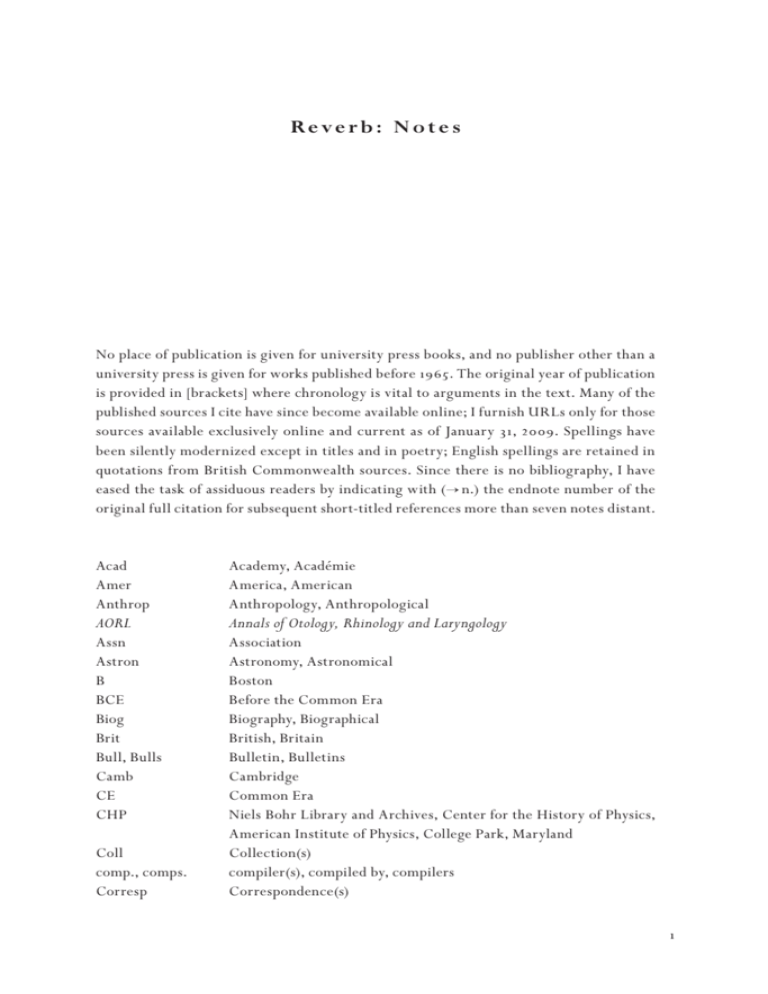


More than 200,000 food derived metabolites and 10,000 xenobiotics exist that are potentially circulating. (5) Finally, the human metabolome is highly dependent on nutrition and the surrounding environment. (4) Damaged and repaired metabolites can be the result of enzymatic impairment.

methylated amino acids) with biological function may occur, defining the so-called epi-metabolome. (3) Additionally, certain disease-specific metabolites (e.g. Next to the endogenous human pathways, numerous metabolites exist that are transformed and/or circulated upon the complex interplay with trillions of microbes constituting the “ecosystem” of the human body. This holds true for “simple” organisms such as bacteria with relatively small-sized metabolomes (in the hundreds) and even more for the human body metabolome considering that it consists of hundreds of different metabolome, depending on body fluids, cell type, status, and tissue. The complete scope of metabolic networks remains to be elucidated. Indeed, the physicochemical space occupied by this building block of life is vastly heterogeneous, spanning concentration ranges from (high) fM to mM (2) and forming dynamic complex reaction networks.


 0 kommentar(er)
0 kommentar(er)
